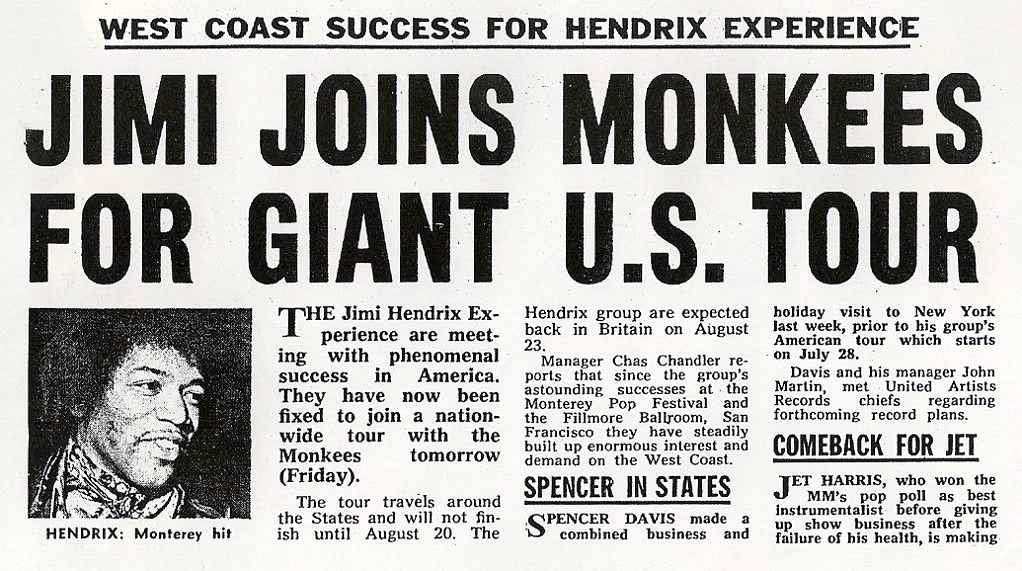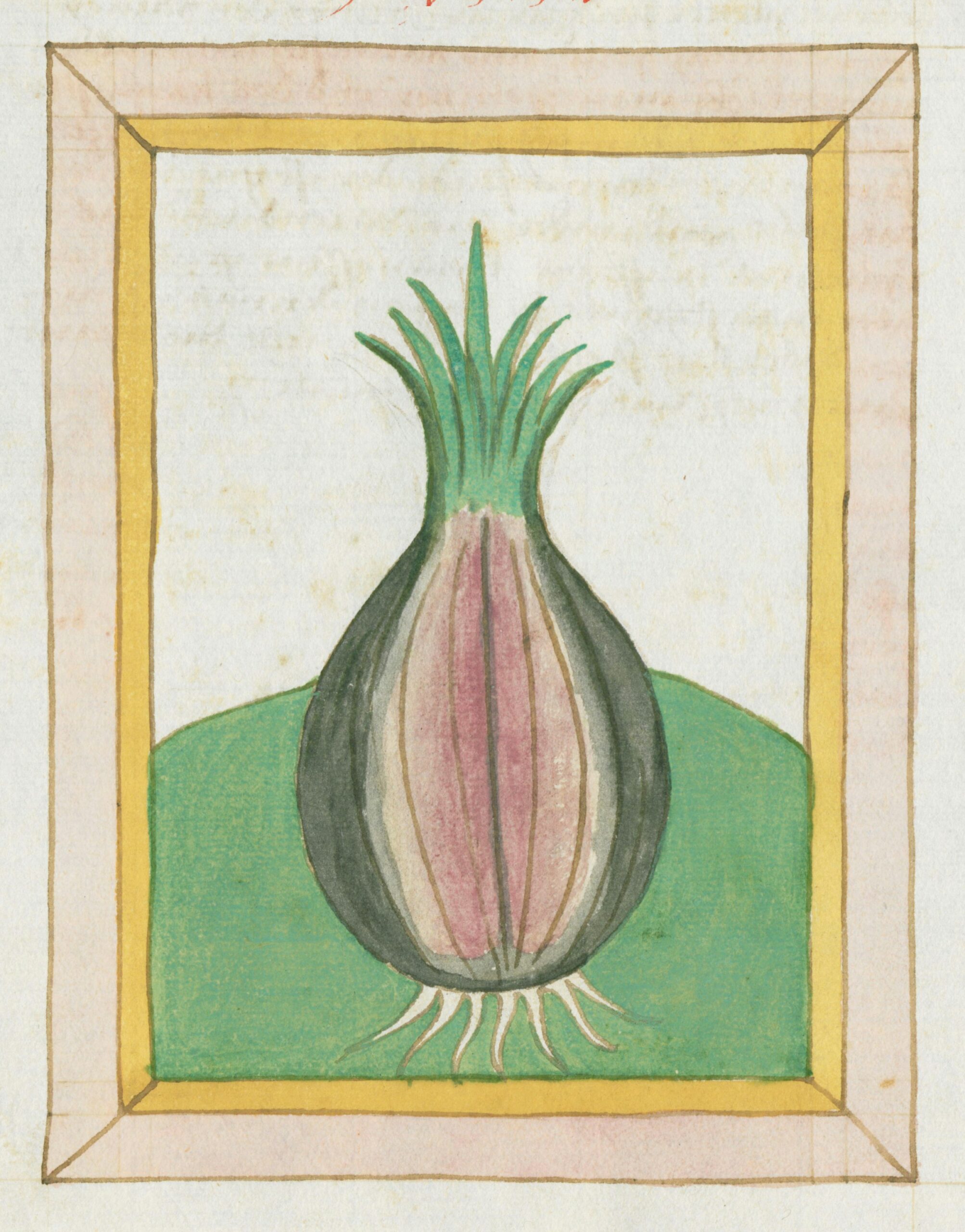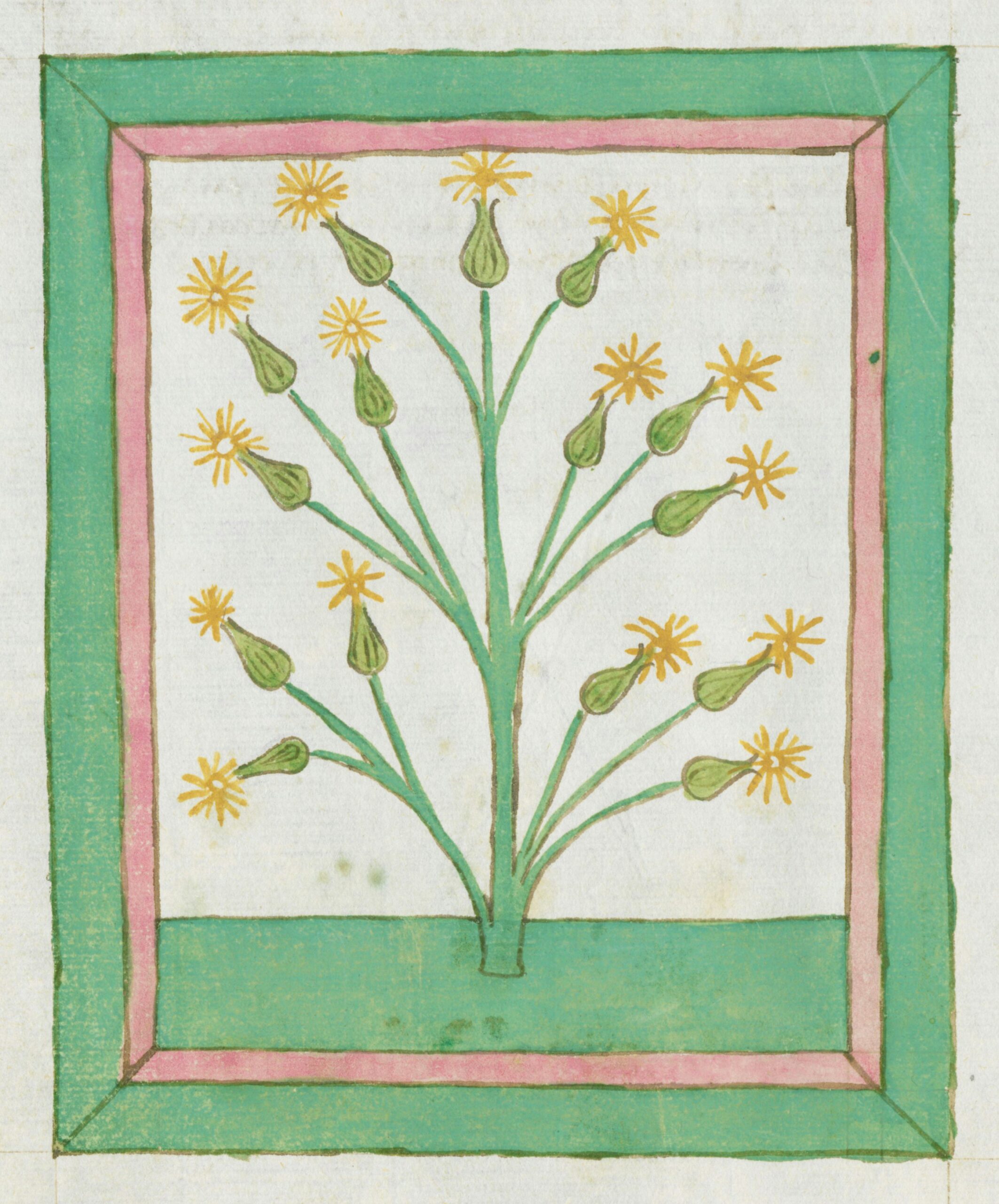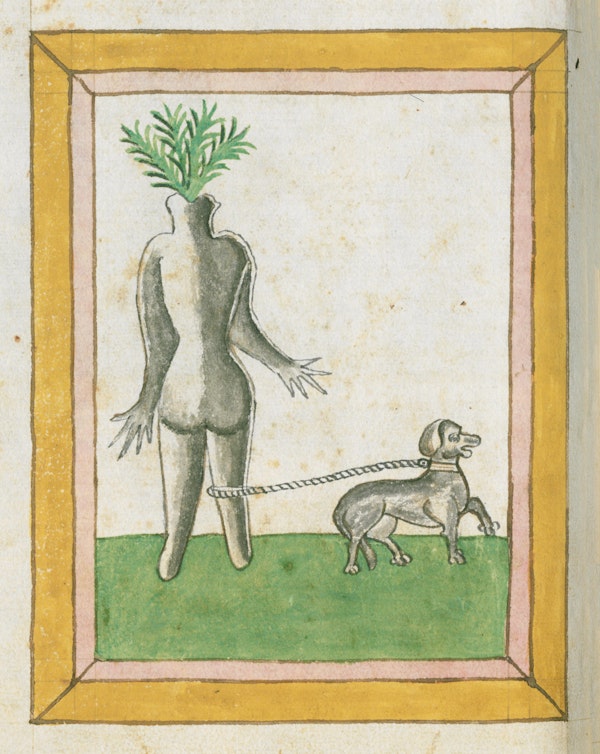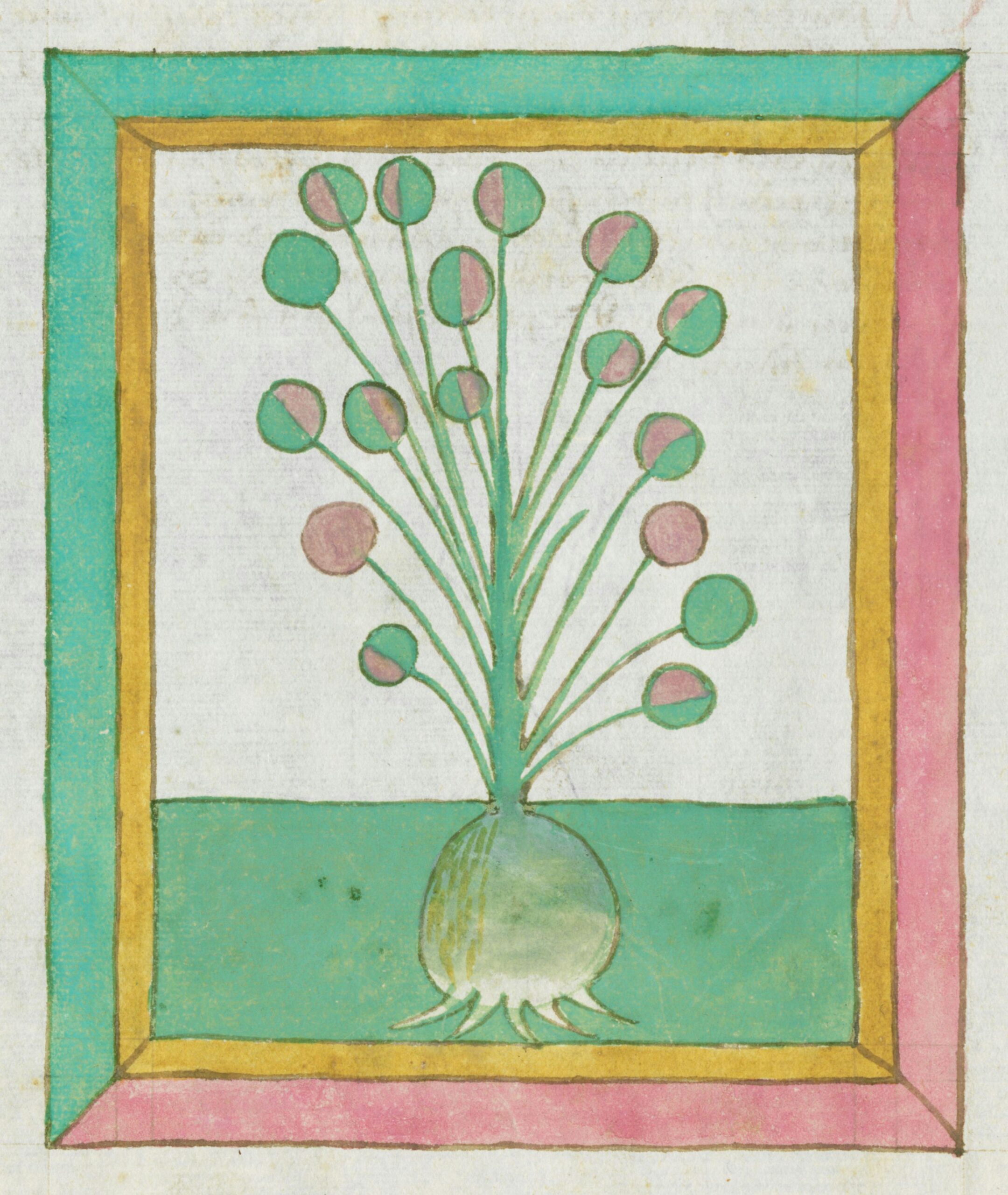[Most Recent Entries] [Calendar View]
Monday, July 29th, 2024
| Time | Event |
| 5:08a | Jimi Hendrix Opens for The Monkees on a 1967 Tour; Then Flips Off the Crowd and Quits
It’s easy to dismiss The Monkees. Critics and listeners have been doing it since the sixties, although the band has also come in for its share of reappraisals, particularly for their psych-rock album Head. (That’s the soundtrack from the 1968 Jack Nicholson-directed art film of the same name: “One of the weirdest and best rock movies ever made.”) But whatever you think of The Monkees’ music, you have to admit: they had one of the most extraordinary careers of any band in rock and roll. They began in 1965 as a troupe of actors in a sitcom that Monkee Micky Dolenz described as being about “an imaginary band… that wanted to be The Beatles,” but “was never successful.” In a very short time, the four members—Dolenz, Peter Tork, Davy Jones, and Michael Nesmith—had mastered their instruments and learned to write their own original songs. It seemed that almost overnight, they’d gone from lip-syncing boy band comedians to genuine pop stars. (Dolenz describes it as “the equivalent of Leonard Nimoy really becoming a Vulcan.”) In the summer of 1967, “at the height of Monkeemania,” The Monkees Almanac informs us, the band embarked on a 28-city tour through the United States and England, opening at the Hollywood Bowl just five days after their TV show collected two Primetime Emmy Awards. The oddest thing about the tour: for eight dates, Jimi Hendrix opened for the band with his newly formed Experience, “one of the strangest pairings in rock and roll history.” But at the time, writes Mental Floss, “the pairing actually made a little bit of sense for both acts.” The Monkees wanted credibility, and Hendrix needed a U.S. audience. He was already a huge star in England, but, despite blowing the crowd away at the Monterey Pop Festival that spring, Hendrix was mostly an unknown quantity to U.S. music buyers. But Dolenz had seen him play in New York and was suitably impressed. When he suggested Hendrix for the tour, the Experience’s manager Mike Jeffery jumped at the chance, thinking he could leverage The Monkees’ huge crowds to break Hendrix in the States. Hendrix himself expressed much less enthusiasm, having called The Monkees’ music “dishwater” in a Melody Maker interview. So how did it go? Not well, as you might imagine—certainly not the “West Coast Success” the headline at the top of the post trumpets. Monkees fans—mostly young kids dragging along parental chaperons—had no idea what to make of Hendrix. “Jimi would amble out onto the stage, fire up the amps and break into ‘Purple Haze,’ ” wrote Dolenz in his autobiography, “and the kids in the audience would instantly drown him out with, ‘We Want Davy!!’ God, it was embarrassing.” Although Peter Tork especially among The Monkees’ members was overjoyed to have Hendrix on the tour, he later recalled the pairing as a singularly bad idea: “This is screaming, scaring-your-daddy music compared with The Monkees. It didn’t cross anybody’s mind that it wasn’t gonna fly. And there’s poor Jimi, and the kids go, ‘We want The Monkees, we want The Monkees.’ ” You can see Tork describe the ill-fated match-up in a hilariously dated MTV clip above. Despite his reservations, Hendrix got on very well with The Monkees. Not so much with their obnoxious fans. “The Jimi Hendrix Experience played just eight of the 29 scheduled tour dates,” writes Mental Floss, “and then on July 16, 1967, Jimi flipped the Forest Hills, Queens, New York, audience off, threw down his guitar and walked away from Monkeemania.” (History.com gives the date as July 17.) No great loss for either band. A couple of months later, Melody Maker presented Hendrix with a “World’s Top Musician” award, and his music hit the U.S. mainstream as well. And The Monkees finished the tour and went on to make Head, the film and album, which, depending on whom you ask, either ruined their rock cred or defined it forever. Related Content: Jimi Hendrix Unplugged: Two Great Recordings of Hendrix Playing Acoustic Guitar How the 1968 Psychedelic Film Head Destroyed the Monkees & Became a Cult Classic Watch Frank Zappa Play Michael Nesmith (RIP) on The Monkees–and Vice Versa (1967) How Science Fiction Formed Jimi Hendrix Josh Jones is a writer and musician based in Durham, NC. Follow him at @jdmagness |
| 9:00a | Behold the Kräuterbuch, a Lavishly Illustrated Guide to Plants and Herbs from 1462
When Konrad von Megenberg published his Buch der Natur in the mid-fourteenth century, he won the distinction of having assembled the very first natural history in German. More than half a millennium later, the book still fascinates — not least for its depictions of cats, previously featured here on Open Culture. Even the works derived from it have charms of their own: take the Kräuterbuch (or “Book of Herbs”) from 1462, in which Duke Albrecht III of Bavaria’s personal physician Johannes Hartlieb adapts a section of the Buch der Natur with its own full complement of 160 illustrations.
“Hartlieb’s subject is plants, mostly herbs, and their medical uses,” says the Library of Congress, on whose site you can view and download the book. “What makes the Kräuterbuch special is the side-by-side presentation of text and images. The high cost of such a richly decorated book makes it unlikely that it was actually used by doctors or pharmacists of the time.”
But even if they lack a certain scientific practicality, these botanical presentations have a bright, simple boldness that, in some respect, suits our visual aesthetics here in the early twenty-first century; you could call it a renaissance equivalent of flat design.
“Each chapter of the Kräuterbuch follows a traditional system of botanical classification derived from the Greek philosopher Theophrastus,” writes Hunter Dukes at the Public Domain Review, which also offers a gallery of the book’s illustrations. “Animals are portrayed as pharmacologically knowledgeable, such as in an account of deer rubbing themselves on pepperweed (Lepidium latifolium) to remove hunters’ arrows”; another section holds that “deadly carrots (Thapsia) aid beggars in their deceptions — rubbed on the face, they will produce signs of leprosy, which can also be cured with vinegar.” Discussing the poisonous mandrake (see image immediately above), Hartlieb carries forward von Megenberg’s suggestion “that its magical properties should be kept secret from commoners,” who, naturally, would never be in possession of such a lavish tome. Now all of us can access the Kräuterbuch — and most of us know that we’d be better off not messing around with mandrake at all.
Related content: Behold a 15th-Century Italian Manuscript Featuring Medicinal Plants with Fantastical Human Faces Based in Seoul, Colin Marshall writes and broadcasts on cities, language, and culture. His projects include the Substack newsletter Books on Cities and the book The Stateless City: a Walk through 21st-Century Los Angeles. Follow him on Twitter at @colinmarshall or on Facebook. |
| << Previous Day |
2024/07/29 [Calendar] |
Next Day >> |
